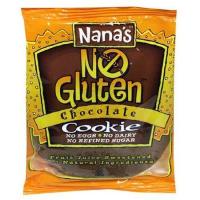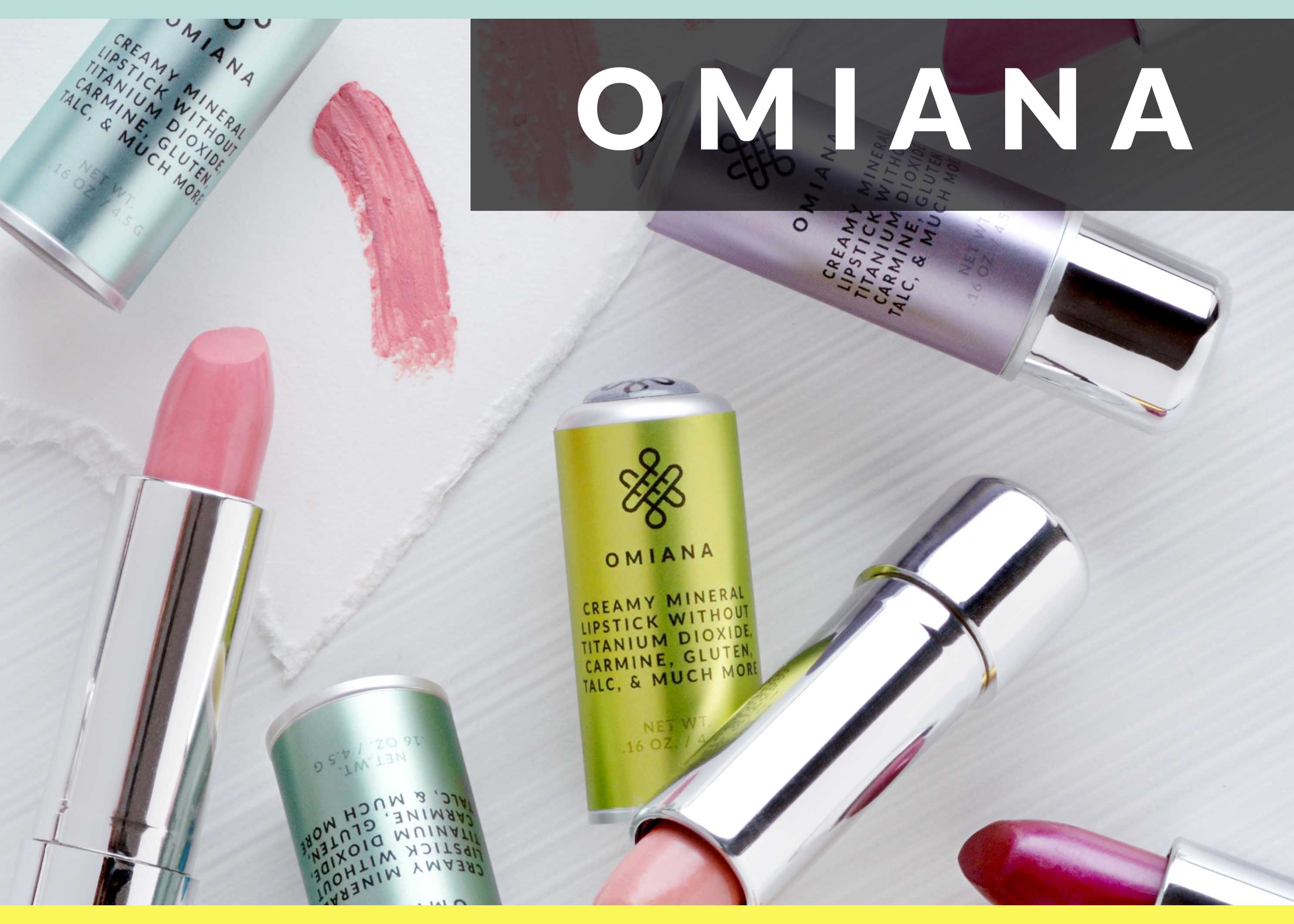 Following up on my article, Do Vitamins Really Work?, I thought would share some of my most highly recommended supplements. Bear in mind that it is always best to consult with a holistic healthcare practitioner to determine the exact combination and dosage of supplements for your body and health concerns.
Following up on my article, Do Vitamins Really Work?, I thought would share some of my most highly recommended supplements. Bear in mind that it is always best to consult with a holistic healthcare practitioner to determine the exact combination and dosage of supplements for your body and health concerns.
The Basic 5 Supplements for Everyone:
1. WHOLE FOODS MULTIVITAMIN: A good, high quality food-based multivitamin is a must for everyone, regardless of how healthy your diet is. Plain and simply, it just fills in the gaps in your diet and ensures you are getting at least the minimum daily requirements of various nutrients (though the minimums are just that… there is no substitute for getting all your potent vitamins, minerals and nutrients through a healthy diet!). Recommended: My favorite multis are Vitamin Code by Garden of Life. I take their Women’s Multi, and recommend their Men’s Multi and Prenatal to clients. Their multis are all whole food formulations, available in a more thorough 3-pills a day, which is necessary to make sure you’re getting enough goodness!
2. FISH OIL: More and more research is showing that Omega-3 Fatty Acids are absolutely vital for overall health, weight management, prevention of heart disease, managing stress, and decreasing inflammation (among many other benefits), and unless you’re eating sardines, anchovies, and wild salmon several times a week, you’re just not getting enough. Recommended Daily Dose: The ratio of EPA to DHA that is best for you is dependent on your specific health goals, but regardless, a minimum of 1 gram of fish oil (though 2 grams is better) is recommended for everyone. My favorites are NOW Foods Super EPA and NOW Foods Ultra Omega-3.
3. VITAMIN D3: This nutrient is one that we are all deficient in, as it is simply impossible to synthesize sufficient vitamin D anywhere but in the warmest and sunniest of climates. Getting enough vitamin D3 is imperative for preventing over 100 different diseases, including cancer, heart disease, diabetes, and autoimmune diseases. It has also been linked to preventing depression, improving mood and stress response, and achieving ideal weight. Recommended Daily Dose: a minimum of 2,000 I.U., or more, depending on specific health concerns. I recommend Biotics Bio-D-Mulsion Forte, which has liquid formulation that guarantees the most efficient delivery into the bloodstream, and has 2,000 in just one drop under the tongue!
4. PROBIOTICS: Daily probiotic supplements can help keep our digestive and immune systems functioning at their best, aid in absorption of other nutrients, and even help with weight loss and mood stabilization (again, in combination with a healthy diet!). Shoot for a high number of live cultures like acidophilus and bifidus. Recommended: I like NOW Probiotic 10-25 Billion, and find that it works best for most of my clients.
5. VITAMIN C: Especially for those of us living in urban environments, or those who work in hospitals or with kids (or just have kids), getting enough vitamin C is the first line of defense against colds and infections, and also helps your body fight anything else it’s dealing with. Getting enough vitamin C is also vital for preventing heart disease, cancer, high blood pressure, maintaining adrenal health, which can help with fatigue and stress. Recommended Daily Dose: 500 mg 3-4 times a day, depending on your specific health concerns.
5 Great Supplements for Women
1. VITEX: Vitex, or chaste tree berry, is an incredible supplement for balancing hormones, regulating the menstrual cycle and easing symptoms like heavy flow and PMS. It is also a great supplement for fertility.
2. EVENING PRIMROSE OIL: Another great supplement for PMS symptoms, particularly cramps, breast tenderness, and breakouts.
3. CALCIUM/MAGNESIUM/ZINC: This combination is a vital supplement for women, to promote bone health, controlling blood sugar, heart health, and stress management. Make sure to take them together to avoid side effects and maximize results
4. DIM: DIM, di-indole-methane, is a cruciferous vegetable complex that significantly lowers risk of breast cancer (and other cancers as well), and can help detoxify the system after years of taking oral contraception (which increases risk of cervical cancer, infertility, and severe hormonal imbalance).
5. CRANBERRY EXTRACT: This is a wonderful supplement to promote urinary tract health, kill harmful germs in your system, and prevent cancer.
It’s important to reiterate that taking supplements is no substitute for healthy diet. Eating a diet made up primarily of brightly colored vegetables, fruit, whole grains, beans and legumes, healthy fats, and limited animal protein (mostly cold-water fish and eggs) is the BEST way to get all the energizing, life-extending, and disease-fighting nutrients you need.



































